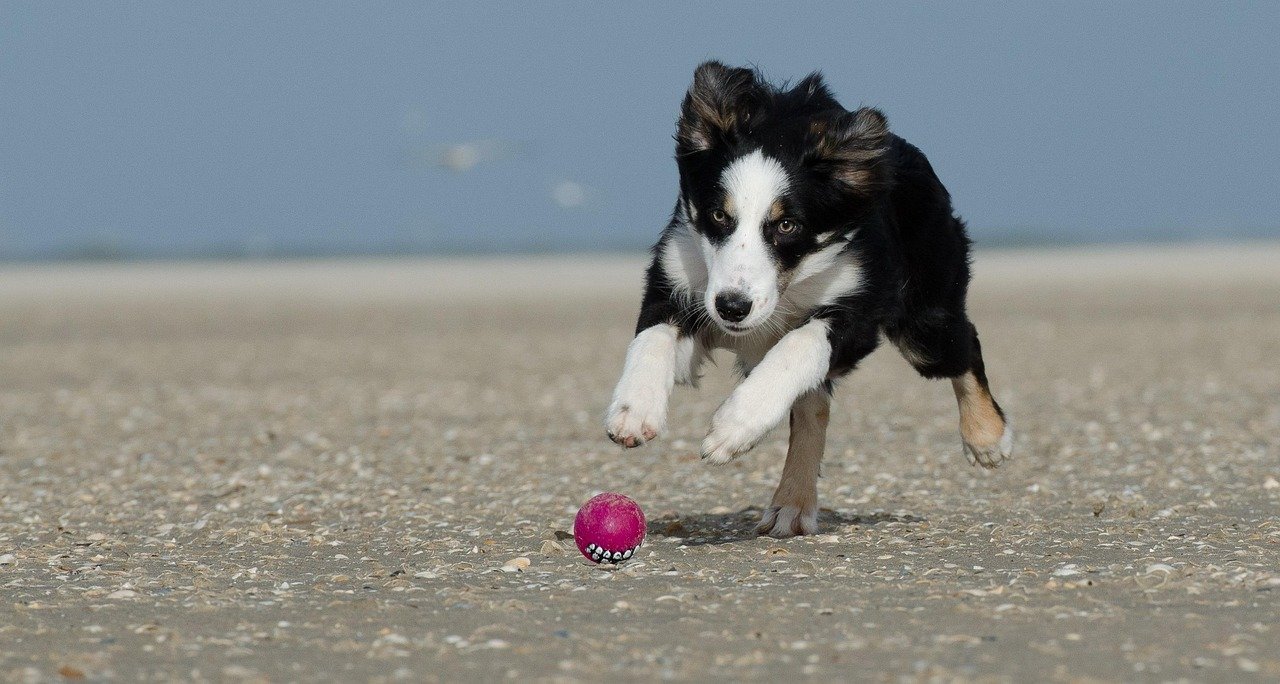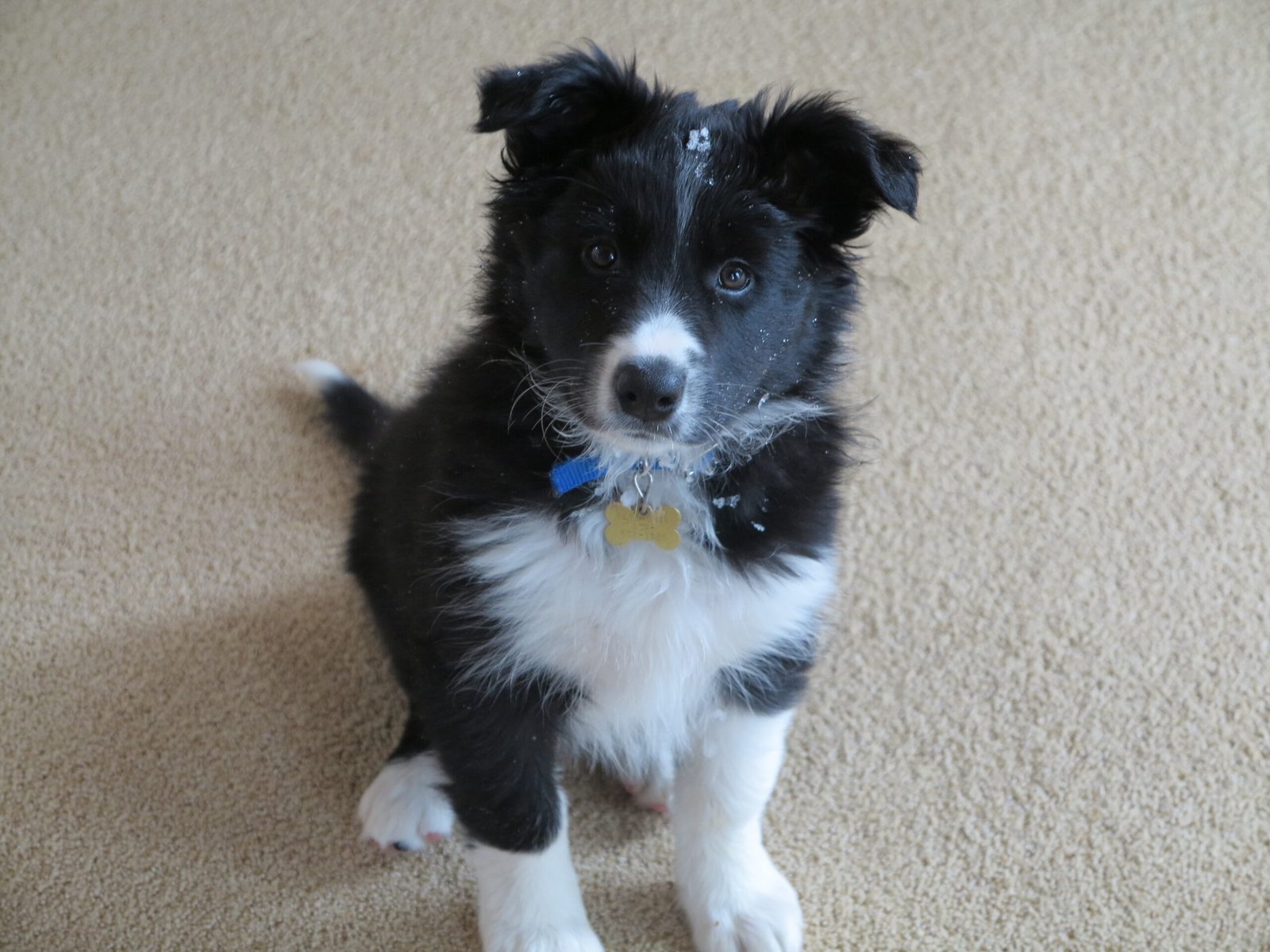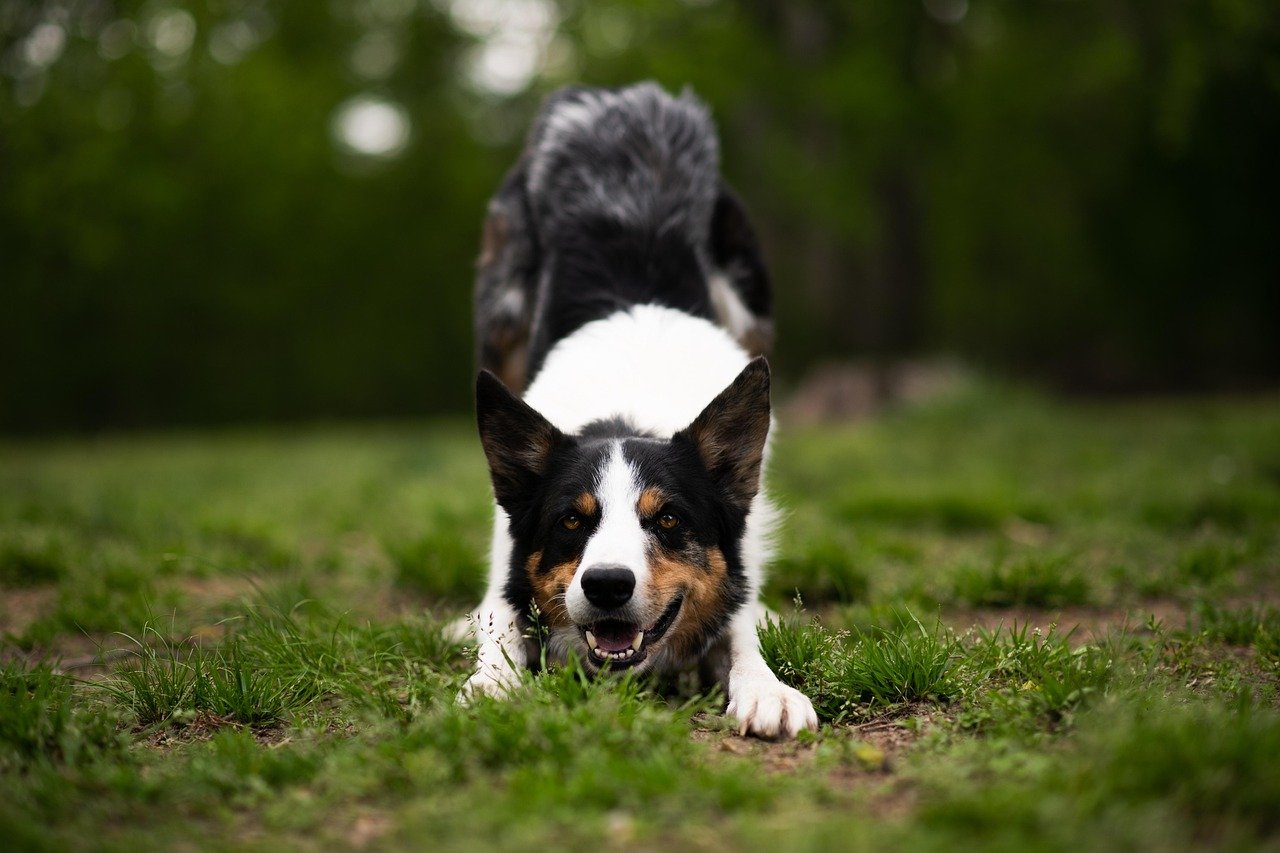Rehoming a dog is never an easy decision, especially when it’s a high-energy pup you truly love. But sometimes, no matter how much we care, our lifestyle just doesn’t match their needs. High-energy dogs crave constant stimulation, structure, and exercise—more than many of us can realistically provide. When those needs aren’t met, it can lead to stress for both pet and owner. Recognizing that doesn’t mean failure—it means putting your dog’s well-being first. In the right environment, they can thrive, and you can find peace knowing they’re living their best life. It’s a tough truth, but also a deeply compassionate one.
The Unexpected Challenge of a High-Energy Pup

Bringing a new dog into your home feels like opening up a door to endless joy and companionship. When I adopted Max, a lively border collie mix, I pictured long hikes, playful afternoons at the park, and cozy evenings by the fire. What I didn’t expect was the whirlwind of energy that would completely upend my daily life. Max seemed to have a battery that never ran out, and no matter how much I tried to keep up, he always wanted more.
Every morning started with him darting around the house, and by noon, he was still raring to go. I soon realized that his boundless enthusiasm wasn’t just adorable—it was overwhelming. The more I tried to tire him out, the more he seemed to bounce back, ready for another round. It was as if I’d brought home a furry tornado, and my usual routines just couldn’t keep up with his pace.
My Life Before and After Max

Before Max, my life was busy but manageable. I worked a full-time job, enjoyed dinners with friends, and spent weekends exploring new places. The arrival of Max threw that balance out the window. Suddenly, my evenings were filled with frantic walks and games of fetch, and I found myself canceling plans just to manage his needs.
I never expected a dog could change every aspect of daily life so dramatically. Even simple things—like running errands or relaxing after work—became complicated. Max’s constant need for stimulation left me exhausted. I started to feel guilty for not being able to give him the life he needed, and that guilt began to weigh heavily on me.
Recognizing the Signs of Overwhelm

At first, I tried to convince myself that things would get better. Maybe Max just needed time to settle in. But weeks turned into months, and the exhaustion didn’t fade. My patience wore thin, and I started to feel frustrated with both Max and myself. It was hard to admit that I was struggling. After all, aren’t dog owners supposed to be endlessly patient and loving?
I noticed I was becoming short-tempered and even resentful. My once joyful walks with Max turned into rushed, stressful outings. I realized I was no longer enjoying our time together. It was a painful realization, but it was the first step toward acknowledging that something needed to change.
The Emotional Toll of Feeling Like I Failed
Admitting that I was overwhelmed felt like admitting defeat. I worried what others would think—would they judge me for not being able to handle my own dog? I felt like I was letting Max down, and the shame was real. It’s not easy to admit you’re in over your head, especially when it comes to a beloved pet.
The emotional toll was heavy. I lost sleep worrying about Max’s happiness and well-being. My self-esteem took a hit, and I grappled with feelings of guilt every time I looked at him. The idea of rehoming him seemed unthinkable at first, but the thought crept in more often as the days passed.
Trying Everything Before Making the Decision
Before considering rehoming, I threw myself into finding solutions. I enrolled Max in obedience classes, hoping structure would help. I hired a dog walker to give him extra exercise during the day. I invested in toys and puzzles designed to keep energetic dogs busy. Each effort felt like a lifeline, a way to prove to myself that I could make it work.
Despite all these attempts, nothing truly satisfied Max’s need for constant activity. He was still restless, still searching for outlets I couldn’t provide. As much as I wanted to be the hero in his story, I had to face the hard truth: Max needed more than I could give.
Talking to Friends, Family, and Professionals

Opening up wasn’t easy, but I knew I needed support. I started by confiding in a close friend who had experience with dogs. She listened without judgment and offered practical advice. I also spoke with my vet, who reassured me that some dogs simply require more than most owners can handle.
I reached out to a local animal behaviorist, hoping for new strategies. She helped me see that Max’s needs weren’t a reflection of my abilities as a pet owner. Her understanding made a world of difference. For the first time, I realized I wasn’t alone—and that seeking help didn’t make me a bad dog parent.
The Guilt and Grief of Considering Rehoming
The thought of rehoming Max brought on a wave of guilt and grief. I’d made a promise to care for him, and the idea of breaking that promise felt like a betrayal. Every time I imagined saying goodbye, my heart ached. I worried about how he would feel—would he think I’d abandoned him?
It helped to remind myself that my feelings came from a place of love. I wanted what was best for Max, even if it meant letting him go. That realization didn’t make the pain disappear, but it made it easier to accept the possibility that rehoming might be the kindest choice for both of us.
Finding the Right Home for Max

Once I decided to look for a new home for Max, I was determined to find the perfect fit. I reached out to breed-specific rescues, filled out detailed profiles, and met with several potential adopters. Each meeting was emotional, but I stayed focused on finding someone with the time, energy, and experience Max deserved.
I finally met a family who lived on a large property and had experience with high-energy breeds. They fell in love with Max immediately, and he seemed just as excited about them. Watching him run free and play with their other dogs, I felt a sense of relief. It didn’t erase the sadness, but it gave me hope that he’d finally have the life he needed.
How My Relationship with Max Changed
The days leading up to Max’s adoption were bittersweet. I found myself cherishing every moment, from our last long walk to our final game of tug. I apologized to him in quiet moments, wishing I could explain why things had to change. But I also noticed that I was less anxious and more present, able to enjoy our time together without the constant pressure.
Letting go was harder than I ever imagined, but it also brought a sense of peace. I knew Max was going somewhere he’d be happy and fulfilled. Our bond would always be special, even if our paths were parting.
What I Learned About Myself
This experience forced me to confront my own limitations. I learned that loving a pet sometimes means making incredibly tough decisions. It’s easy to judge ourselves harshly, but compassion and honesty go a long way. I realized that asking for help doesn’t make you weak—it means you care enough to do what’s right.
I also learned that it’s okay to admit when something isn’t working, even if it hurts. My love for Max didn’t disappear when I let him go; if anything, it grew stronger in the hope that he’d find true happiness elsewhere.
Understanding High-Energy Dog Breeds
Some dogs, like Max, are wired for action. Breeds such as border collies, Australian shepherds, and huskies thrive on activity and mental stimulation. Without enough outlets, they can become restless, anxious, or even destructive. It’s not about being a bad owner—it’s about the unique needs of each breed.
Understanding these traits is crucial before adopting. It’s important to honestly assess your lifestyle and resources. High-energy dogs are wonderful companions, but they need a lot more than love and cuddles to be truly happy.
Advice for Others Facing a Similar Decision

If you’re struggling with a high-energy dog, know that you’re not alone. Don’t be afraid to reach out for help, whether it’s from friends, trainers, or rescue organizations. It’s okay to admit that things aren’t working, and it’s okay to consider rehoming if it’s truly in your dog’s best interest. Remember, loving your dog sometimes means making painful decisions. Focus on finding them a home where they’ll thrive, and allow yourself to grieve if you need to. There’s no shame in putting your dog’s needs first—even if it means letting go.
Rehoming my high-energy dog was one of the hardest choices I’ve ever made—but it was also one of the most loving. Sometimes, doing what’s best for your pet means putting their needs before your own emotions. In a home that could truly match their energy and spirit, my dog now thrives. It’s a bittersweet reminder that real love often means letting go for the right reasons.





